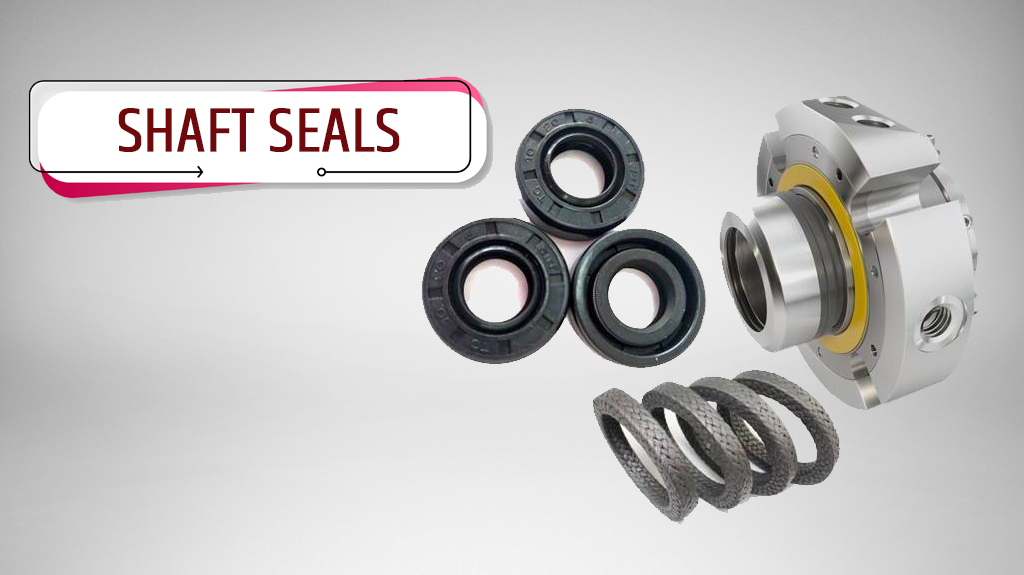
Shaft seals are gaskets made in elastomer and/or plastic material, with or without metal inserts and energizing springs, to be applied on shafts with relative rotary motion.
They are primarily used for drivelines, axles, agriculture machines and construction equipment, compressors and pumps, mixers, robotics, gear motors and others.
Wide variety of seals are devices utilized to prevent any leakage or any exchange of media (pasty, liquid, and gaseous), to contain the pressure, and to exclude any contamination
of dust, moisture, and dirt between two chambers that are subject to a relative either rotating or oscillating motion. But the primary sealing function is only one requisite an
effective and reliably performing shaft seal needs to fulfill, as other features are essential too.
Materials
NBR, EPDM, HNBR, PTFE-Polytetrafluoroethylene and Polyurethane - a wide range of elastomer compounds are available.
- Packing
- Lip seals
- Mechanical seals
- Double seals
